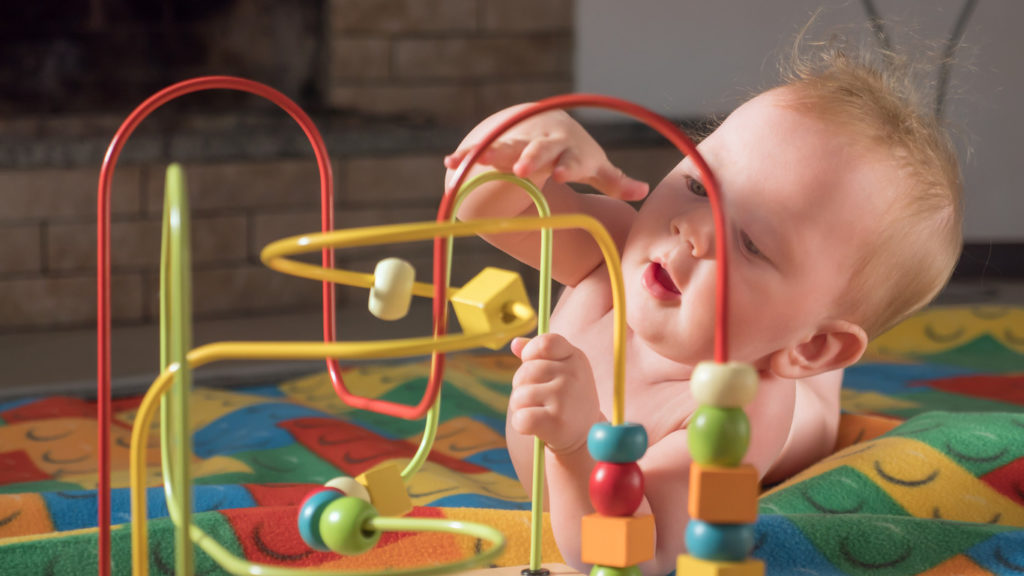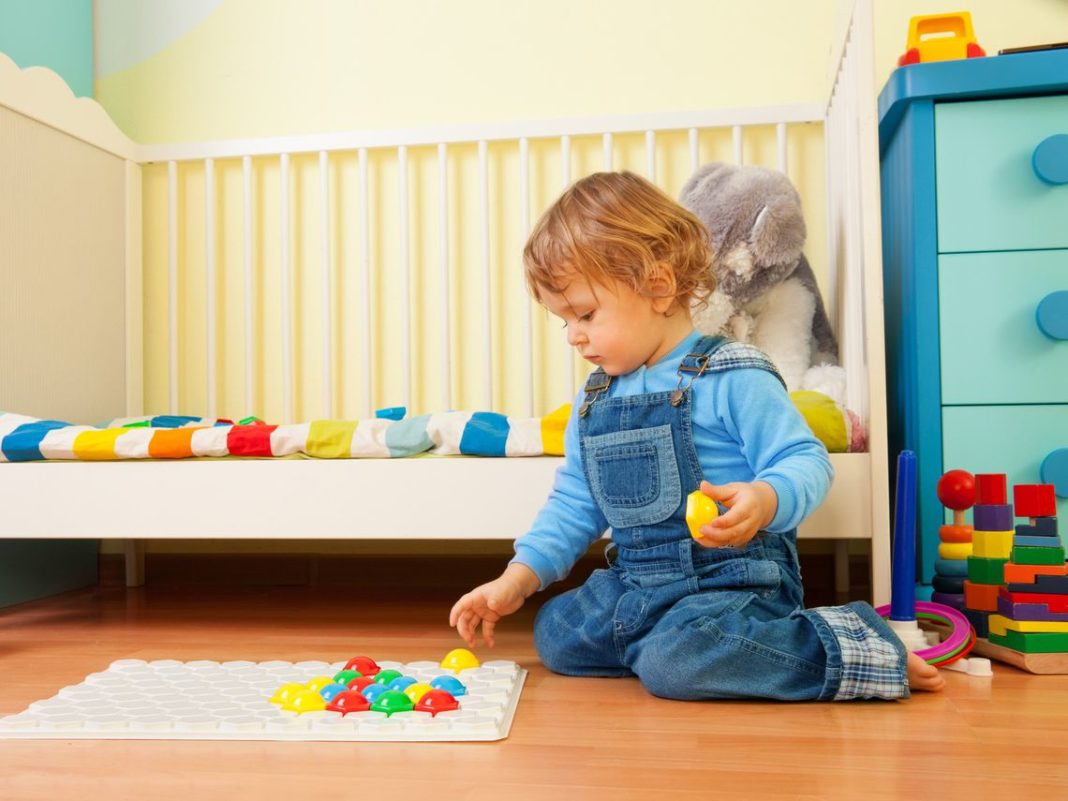During the development of babies, one of the most important areas to develop is motor skills, that is, the skills necessary to mobilize the body in an effective and precise way. When a baby is born, its movements are not very precise, spontaneous and without much intention behind them, but over time, its nervous system becomes increasingly capable of mobilizing the body in the desired way. But it is not only the development of the nervous system that helps motor skills, but parents also play an important role in developing them.
There are two types of motor skills: gross and fine. Gross motor skills refer to movements that involve a large part of the body, such as rolling, walking, crawling, jumping, moving legs or whole arms, etc., and are the first to develop. Fine motor skills include the more precise and delicate movements that we require to pick up small objects, use tools and other careful actions, and also fine movements are those of the tongue, fingers and wrists, as well as coordination.
Exercises to develop your baby’s fine motor skills
Even within fine motor skills, there are different types of fine movements, depending on the part of the body, so it is important to know what kind of exercises or activities help the development of finger movements, hands, tongue, among others.

For finger dexterity, it is important to develop the independent movement of each finger, that is, they can move the index finger without moving other fingers, or move only two fingers at a time. For this, they can play to separate and join the fingers of the hands repeatedly, or perhaps touch the thumb with one finger at a time, alternating hands. You can also make a fist and raise one finger at a time, with both hands, first separately and then simultaneously.
If you want to develop hand dexterity, you can use toys that have parts that rotate, click, have handles or buttons, that require objects to be inserted into specific holes or that require movements similar to those we use every day to use tools.
In the case of hand-eye coordination, it is important to perform exercises that involve manipulating their environment and fitting two objects together. Think buttoning and unbuttoning buttons, covering and uncovering containers, throwing objects and manipulating small loose objects (obviously with your supervision).
All these exercises that help your baby’s motor skills should be done as a game, and you can use songs, noises or performances to keep him entertained and your little one does not feel that you are cramming him with information and orders. Every baby develops different skills at different rates, and as long as there is not a considerable delay or that prevents them from performing activities for their age, it is normal that they do not do everything that is described in a list of motor milestones. Finally, if you think your little one has serious problems with any type of motor activity, you can consult with your pediatrician to address your concerns.













